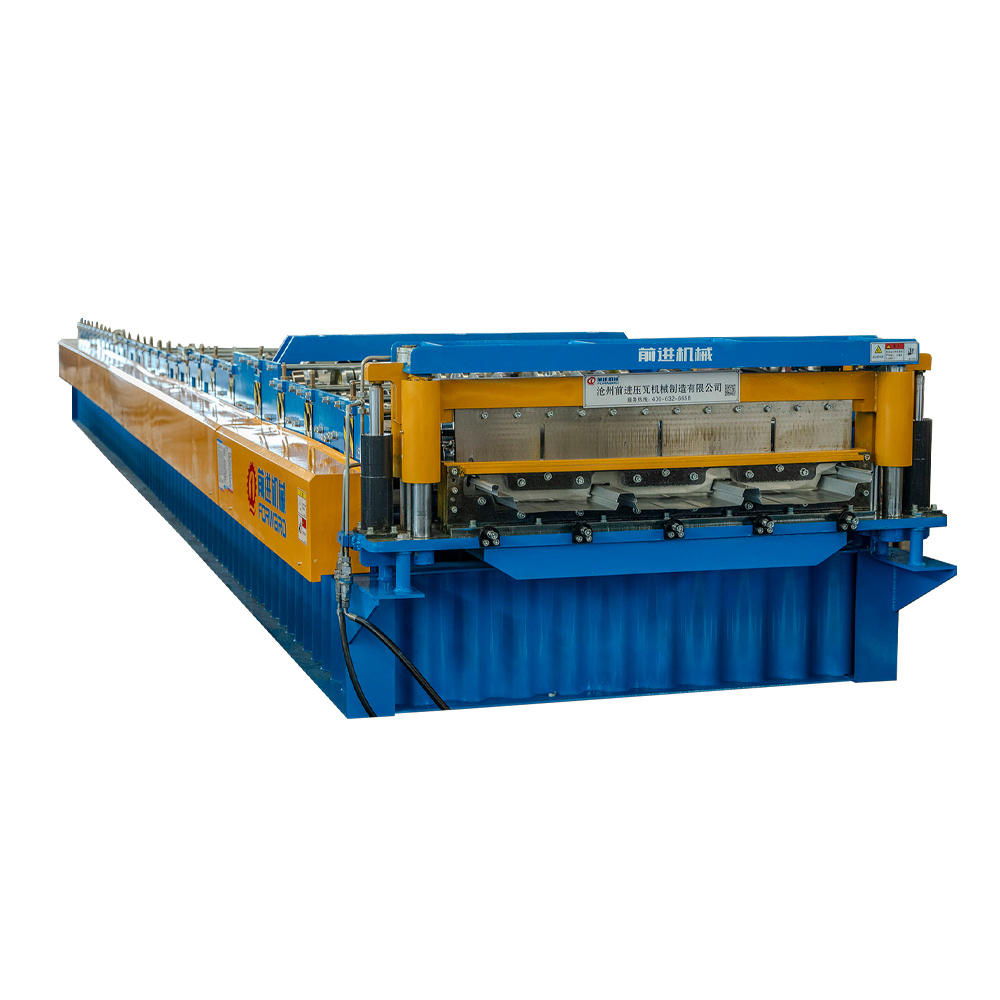Common Myths About Steel Frame Roll Forming Machines Debunked

Common Myths About Steel Frame Roll Forming Machines Debunked
Table of Contents
- Introduction: Understanding Steel Frame Roll Forming Machines
- Myth 1: Steel Frame Roll Forming Machines Are Only for Large Enterprises
- Myth 2: Roll Forming Machines Are Too Expensive for Small Businesses
- Myth 3: Steel Frame Roll Forming Machines Are Difficult to Operate
- Myth 4: Roll Forming Machines Lack Versatility
- Myth 5: Maintenance of Roll Forming Machines Is Overly Complicated
- Myth 6: Steel Frame Roll Forming Machines Are Not Eco-Friendly
- Myth 7: The Roll Forming Process Is Outdated and Inefficient
- Conclusion: Embracing the Future of Steel Frame Roll Forming
- FAQs About Steel Frame Roll Forming Machines
Introduction: Understanding Steel Frame Roll Forming Machines
Steel frame roll forming machines are pivotal in modern manufacturing, especially in creating steel components for construction and various industries. However, several myths have emerged over the years that can mislead potential users. In this article, we aim to **debunk these misconceptions**, providing clarity and insight into the true capabilities and advantages of steel frame roll forming machines. By the end of this discussion, you will have a better understanding of how these machines can benefit your operations and decision-making processes.
Myth 1: Steel Frame Roll Forming Machines Are Only for Large Enterprises
One prevalent myth is that steel frame roll forming machines are exclusive to large corporations with vast production needs. This misconception stems from the perception that only big businesses can afford such machinery. In reality, **roll forming machines are available in various sizes and configurations**, making them suitable for small to medium-sized enterprises as well.
Many manufacturers offer **customization options** that allow smaller businesses to invest in roll forming solutions tailored to their production capacities. This flexibility enables companies of all sizes to enhance their manufacturing processes, create high-quality steel products, and remain competitive in the market.
Myth 2: Roll Forming Machines Are Too Expensive for Small Businesses
Another common belief is that the initial investment in a roll forming machine is prohibitively high. While it is true that some machines can be expensive, the **long-term cost-effectiveness** and efficiency of roll forming make it a worthwhile investment.
Moreover, financing options and leasing arrangements are available, allowing small businesses to manage their budgets effectively. The automation and speed of roll forming machines can significantly reduce labor costs and waste, ultimately leading to a substantial return on investment. Additionally, the ability to produce custom profiles on-demand can eliminate the need for excess inventory, further saving costs.
Myth 3: Steel Frame Roll Forming Machines Are Difficult to Operate
Many people believe that operating a steel frame roll forming machine requires extensive training and expertise. While proficiency in operating any machinery is crucial, modern roll forming equipment is designed with user-friendly interfaces and automation features.
**Advanced technology** has simplified the operation of these machines, and many manufacturers provide comprehensive training programs to ensure that operators can use the equipment efficiently and safely. With the right training and support, even those new to the manufacturing industry can quickly become adept at running roll forming machines.
Myth 4: Roll Forming Machines Lack Versatility
Some individuals assume that roll forming machines are limited to producing only specific shapes or profiles. This is far from the truth. **Steel frame roll forming machines are incredibly versatile** and can create a wide array of products ranging from simple channels and angles to more complex profiles.
The adaptability of these machines allows manufacturers to switch between different profiles quickly, making it feasible to respond to market demands and trends. This versatility is further enhanced by the ability to integrate additional tools and attachments, enabling the production of even more varied products without significant downtime.
Myth 5: Maintenance of Roll Forming Machines Is Overly Complicated
A prevalent concern among potential users is the belief that maintaining a roll forming machine is a daunting task. While regular maintenance is essential for ensuring optimal performance, it is not as complicated as many believe.
**Scheduled maintenance** routines are generally straightforward and can often be performed by in-house staff with minimal training. Manufacturers typically provide clear guidelines and support for maintenance procedures, ensuring that owners can keep their machines running smoothly. Furthermore, investing in regular maintenance can prevent costly breakdowns and extend the lifespan of the equipment, making it an essential part of ownership.
Myth 6: Steel Frame Roll Forming Machines Are Not Eco-Friendly
In an age of increasing environmental awareness, some people question the sustainability of steel frame roll forming machines. The belief that these machines contribute significantly to environmental degradation is incorrect.
**Modern roll forming technologies focus on efficiency** and waste reduction, utilizing advanced processes that minimize scrap material. Moreover, steel is a recyclable material, meaning that products created through roll forming can be repurposed at the end of their life cycle. Many manufacturers are also implementing eco-friendly practices in their operations, further reducing their environmental impact.
Myth 7: The Roll Forming Process Is Outdated and Inefficient
Some individuals hold onto the belief that the roll forming process is outdated compared to newer manufacturing technologies. This myth overlooks the continuous innovations and advancements within the industry.
**Roll forming remains one of the most efficient production methods** for creating long lengths of uniform profiles. Recent developments in automation, computer-aided design (CAD), and robotics have enhanced the speed, accuracy, and consistency of the roll forming process. These advancements not only improve production efficiency but also lead to higher-quality products, ensuring that roll forming remains relevant in today's manufacturing landscape.
Conclusion: Embracing the Future of Steel Frame Roll Forming
In conclusion, steel frame roll forming machines are essential tools in modern manufacturing that offer numerous advantages for businesses of all sizes. By debunking the common myths surrounding these machines, we can see that they are not only accessible but also versatile, eco-friendly, and efficient.
As the manufacturing industry continues to evolve, embracing technologies like roll forming can enhance productivity, reduce costs, and lead to innovative solutions in steel production. Understanding and dispelling these myths will empower businesses to make informed decisions about integrating roll forming machines into their operations for a brighter and more efficient future.
FAQs About Steel Frame Roll Forming Machines
What types of products can be made with steel frame roll forming machines?
Steel frame roll forming machines can produce a wide range of products, including but not limited to steel studs, tracks, channels, angles, and custom profiles for various applications in construction and manufacturing.
How long does it take to set up a roll forming machine for a new production run?
The setup time varies depending on the complexity of the profile being produced and the machine's design. However, advancements in technology have significantly reduced setup times, often allowing for quick changes between profiles.
Is it cost-effective to integrate roll forming machines into small manufacturing operations?
Yes, despite initial costs, the long-term savings in labor, material waste, and production efficiency make roll forming machines a cost-effective solution for small manufacturers.
What is the average lifespan of a steel frame roll forming machine?
With proper maintenance, a steel frame roll forming machine can last several decades, making it a durable investment for ongoing production needs.
Are there financing options available for purchasing roll forming machines?
Many manufacturers and dealers offer financing options, including leasing and installment plans, making it easier for businesses to invest in roll forming technology without a significant upfront cost.
Key words:
recommend News
Share



